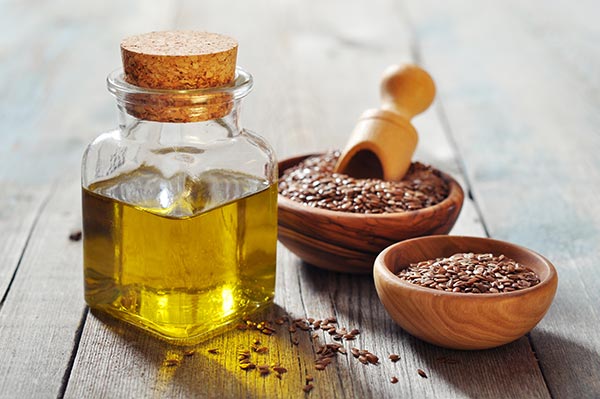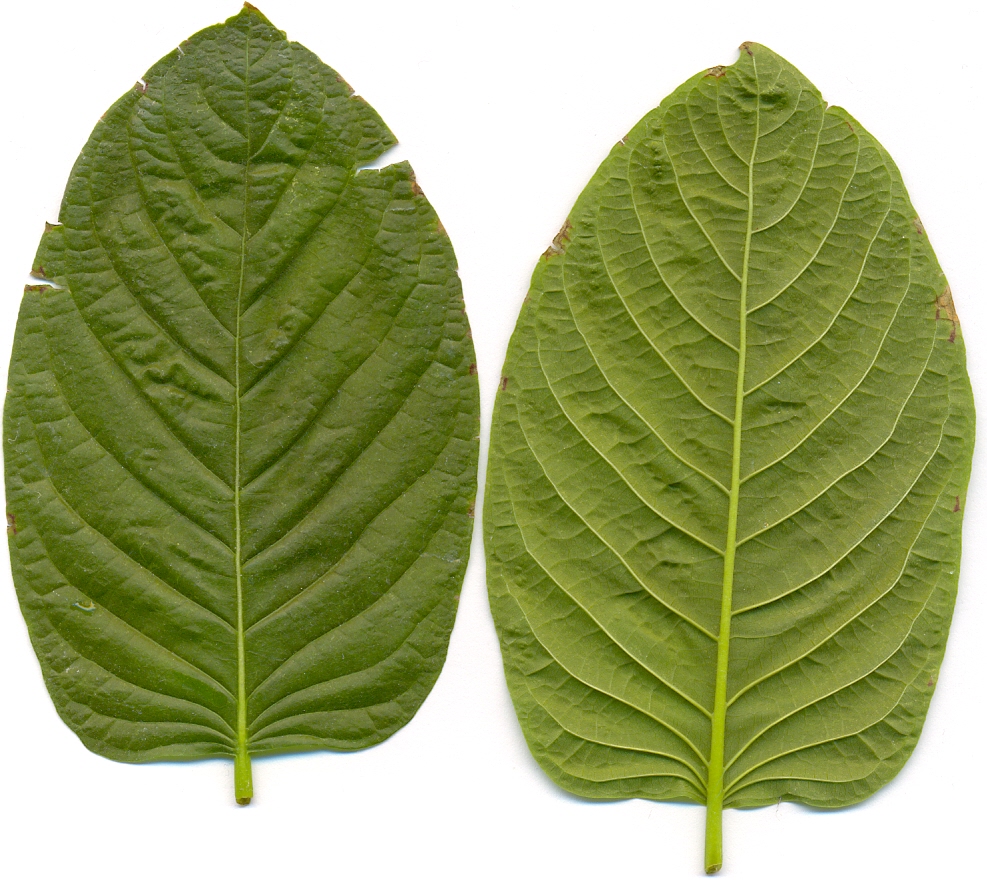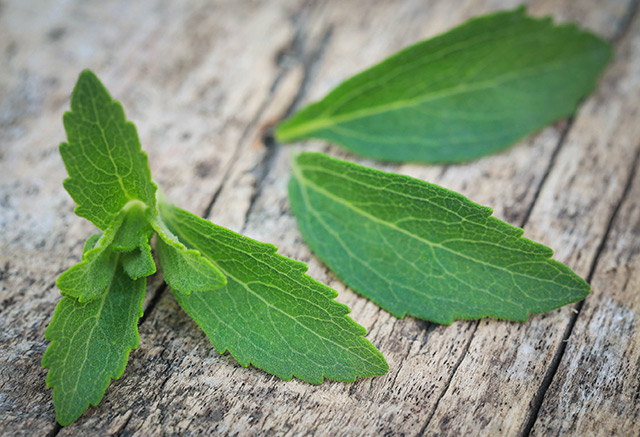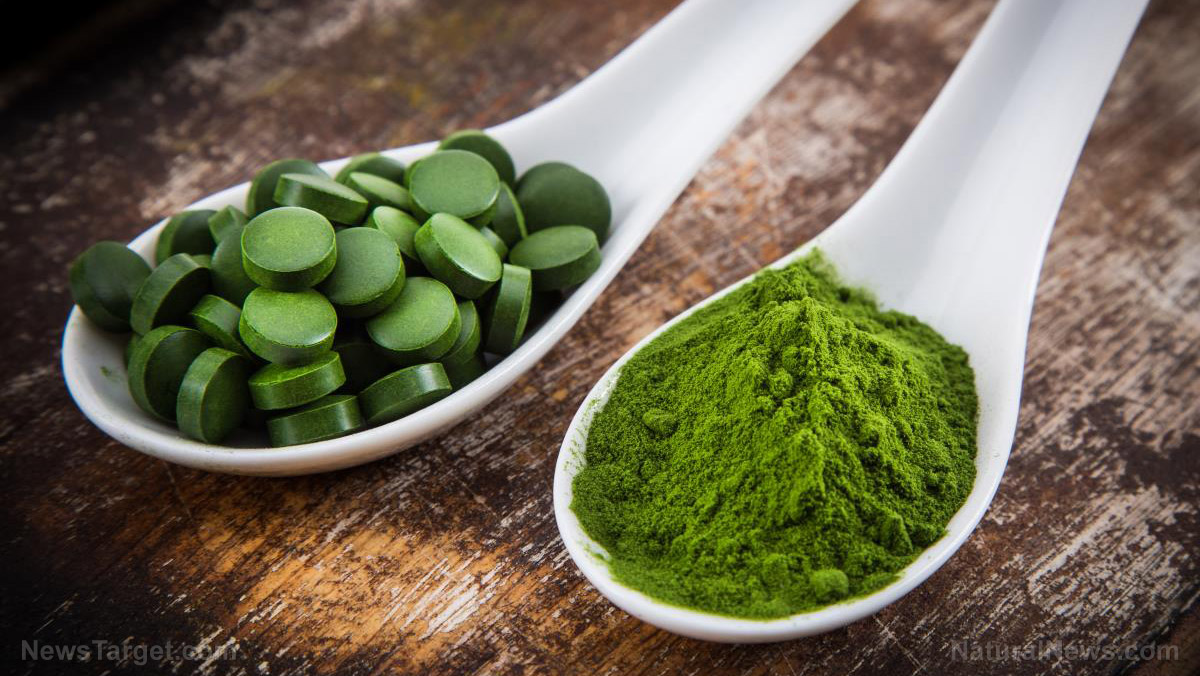Beyond the spice rack: Experts explore the anti-microbial properties of conehead thyme essential oil
03/12/2020 / By Evangelyn Rodriguez
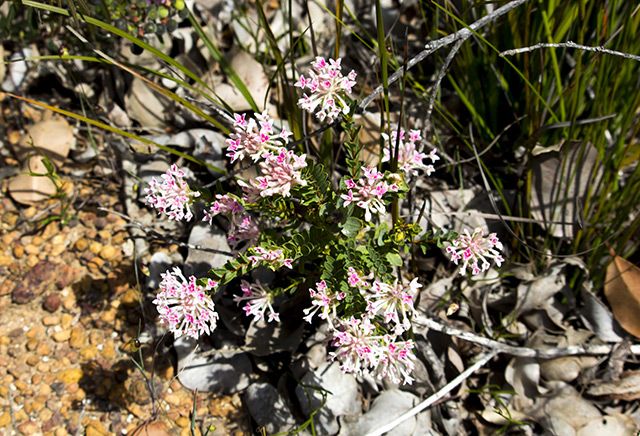
Thymus capitatus, also known as conehead thyme or Spanish oregano, is a plant native to the Mediterranean region. It is commonly used as food, medicine and as a source of raw materials. The most useful parts of conehead thyme are its leaves and essential oil. The latter, in particular, is used not only as a food flavoring, but also as an antiseptic.
In a recent study published in the Journal of Essential Oil Research, researchers from Tunisia examined the essential oils of conehead thyme collected from four Tunisian regions. They focused on the biochemical components and anti-microbial activities of the essential oils and found that these oils are particularly effective against two microorganisms — a bacterium and a fungus — that are known to cause diseases in humans.
Essential oils from T. capitatus have anti-microbial properties
To characterize the essential oils extracted from the aerial parts of conehead thyme, the Tunisian researchers performed chromatographic analysis using gas chromatography coupled with mass spectrometry. The thyme samples they used came from four Tunisian regions, namely, Kef, Bizerte, Boukornine and Grombalia.
The researchers reported that carvacrol is the predominant compound present in the essential oils, particularly the oil derived from conehead thyme from the Boukornine region. Carvacrol is a compound commonly found in the essential oil of medicinal herbs like oregano, pepperwort and wild bergamot. According to studies, carvacrol has many beneficial properties, such as anti-microbial, anti-tumor, anti-mutagenic, analgesic, anti-spasmodic, anti-inflammatory, anti-parasitic and hepatoprotective activities, among others.
When the researchers analyzed the anti-microbial activities of conehead thyme essential oils, they found that the oils’ antibacterial effects are related to their organoleptic quality — that is, their ability to act on the senses. The essential oils also exerted a strong inhibitory effect on the growth of two microorganisms, namely, Bacillus cereus and Fusarium solani. B. cereus is a toxin-producing bacterium that causes food poisoning, while F. solani is a common soil fungus that can cause skin infections.
Based on these findings, the researchers concluded that conehead thyme essential oil can be used to treat microbial infections and could serve as a pharmaceutical and preservative agent. (Related: Thyme essential oil has many uses in alternative medicine, as an antimicrobial, antispasmodic, and antioxidant.)
The many uses of conehead thyme
T. capitatus is a powerfully pungent, evergreen shrub whose flowers are rich in nectar and are very attractive to honey bees. It has a long history of use as a culinary herb and as a beneficial companion plant.
The leaves of conehead thyme are great for salads or as a condiment for cooked foods. They can also be harvested and dried before their flowers open and made into an aromatic herbal tea.
The essential oil from conehead thyme — also called Spanish oregano oil — is used to flavor foods, such as baked goods, beverages and ice creams. On its own, it can also be used as an antiseptic, a deodorant and a disinfectant.
The essential oil extracted from conehead thyme leaves can sometimes be found in soaps, perfumes and mouth washes. However, this essential oil is often considered not suitable for aromatherapy as it can irritate the mucous membranes.
In Tunisia, conehead thyme is used as an aphrodisiac, a blood stimulant and as a folk medicine for whooping cough. It is also known as a stomachic (promotes appetite), diaphoretic (induces perspiration) and anti-spasmodic agent.
Discover other medicinal herbs and what they can do for your health at Herbs.news.
Sources include:
Tagged Under: alternative medicine, Anti-fungal, antibacterial, conehead thyme, essential oil, food cures, food is medicine, functional food, herbal medicine, Herbs, infections, natural cures, natural medicine, remedies, research
RECENT NEWS & ARTICLES
Herbs.News is a fact-based public education website published by Herbs News Features, LLC.
All content copyright © 2018 by Herbs News Features, LLC.
Contact Us with Tips or Corrections
All trademarks, registered trademarks and servicemarks mentioned on this site are the property of their respective owners.




